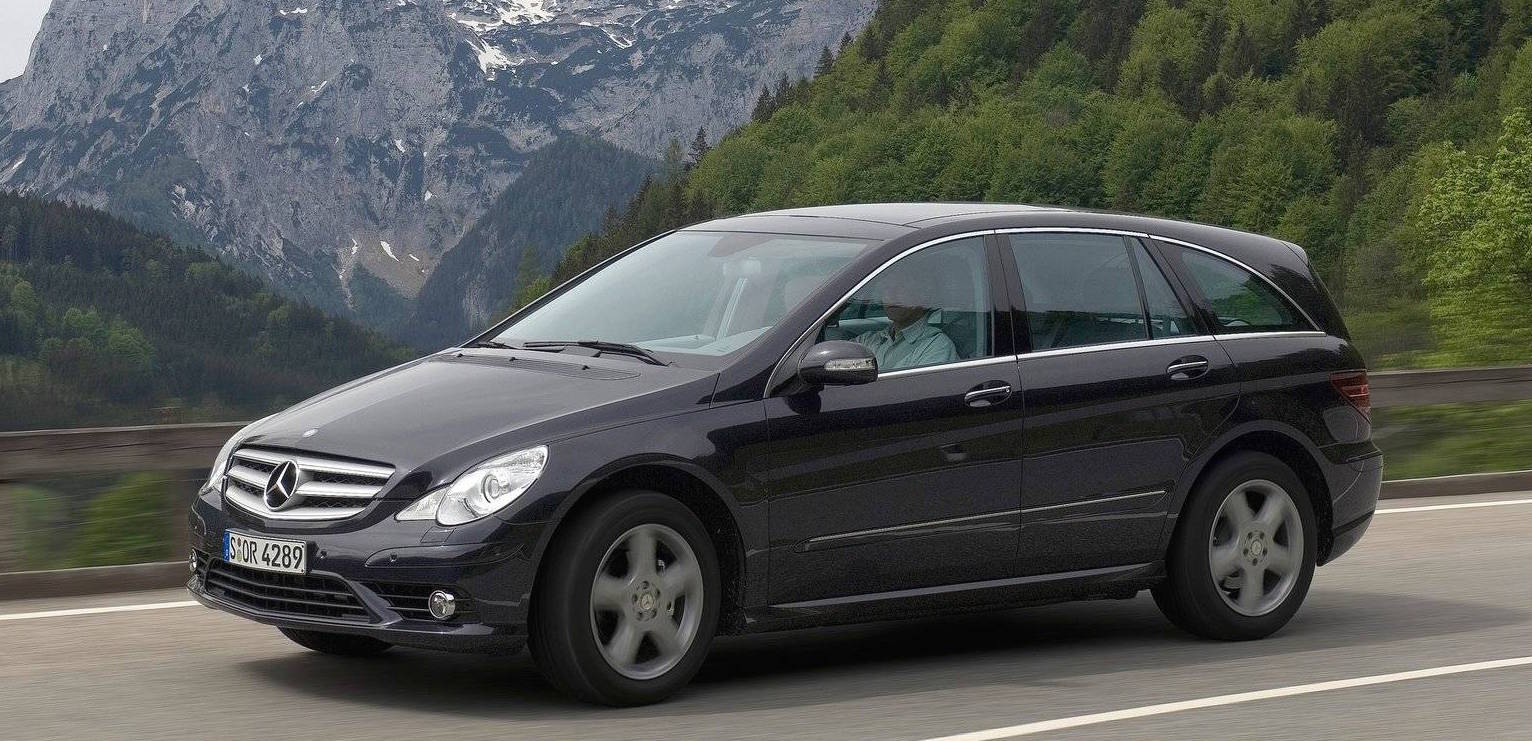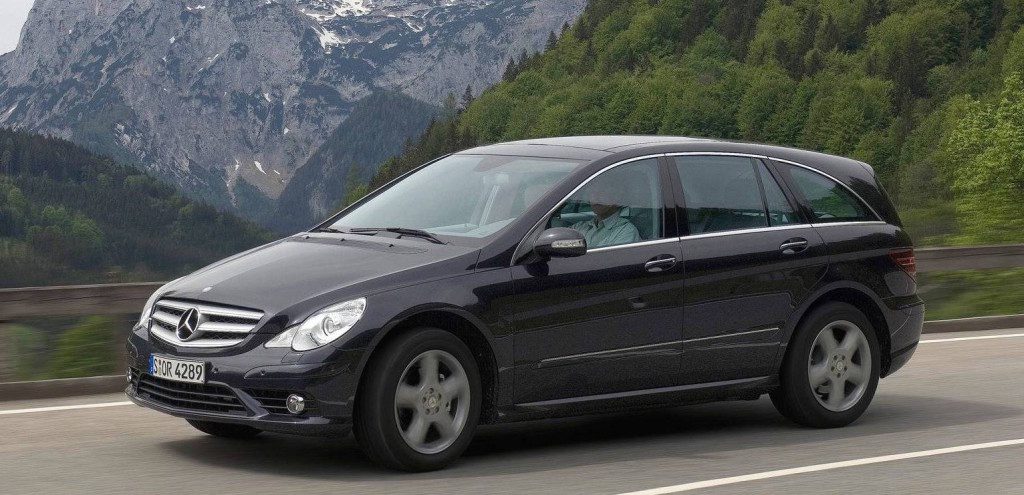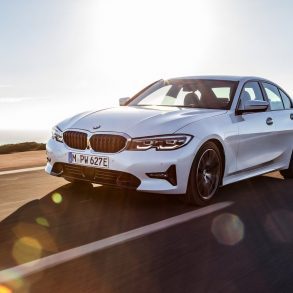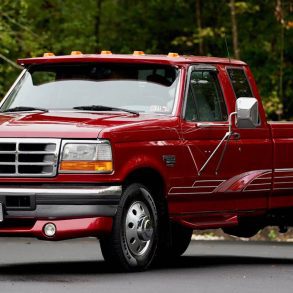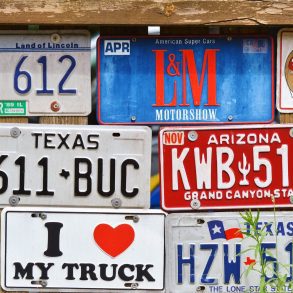Sometimes there are cars that, in theory, make a lot of sense, but when they arrive on the market it suddenly turns out that customers are just not interested. Not necessarily because they’re “bad cars” per se, but just because they don’t resonate with the audience. The Mercedes R-class is one such car that I think was unfairly shunned by the market. More than that, it is probably my favorite non-AMG car Mercedes made in the late 2000s.
Ironically, the main reason why I like the R-class is the most-cited criticism leveled at it – its styling. I think the car has a great shape, like an RWD minivan of sorts, with powerful wheelarches filled with large wheels. Combined with the swoopy detailing, I think it makes the R-class look like some sort of high-speed bullet train, exactly the kind of connection you want to be making when designing a car whose main purpose is to transport people at speed in comfort and luxury. I am even a fan of the original front arrangement, as for me the elongated almond-shaped headlights play right into the “speeding train” analogy, certainly more than the post-facelift boring lamps.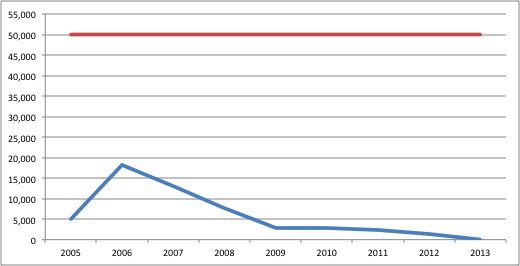
In the end, it is unfortunate just how badly the R-class did on the market – if you look at its US sales figures (above), you’ll see that even in its best year (2006) it could not even manage 20,000 units, whereas the target was 50,000 annual sales. Ultimately, customers either were not interested because they did not want to pay a premium over the likes of the E-class, and if they were willing to spend more money they preferred more aggressive cars like the ML-class. And this comparison, R vs ML, is why the failure of the R-class makes me sad – because of the two I find it to be the better-looking, (allegedly) better-driving and more aerodynamic, a car fit for purpose, unlike it’s fake-SUV sibling.

